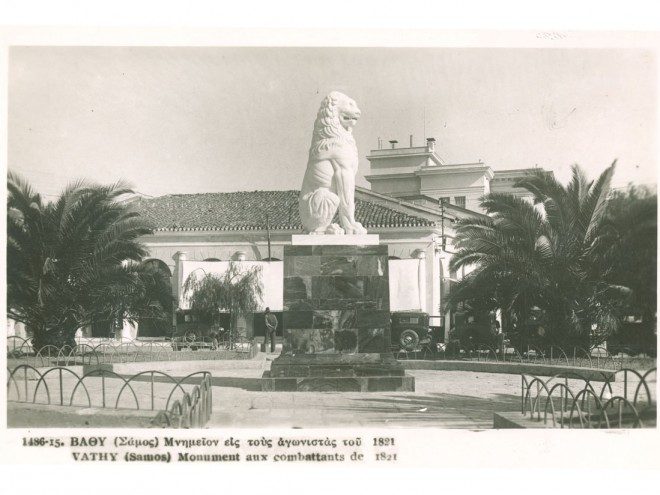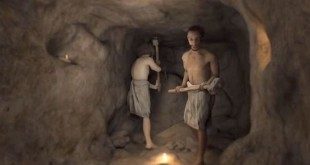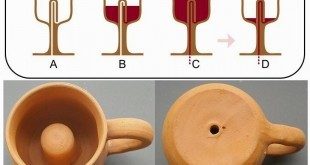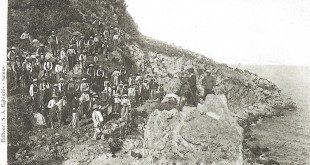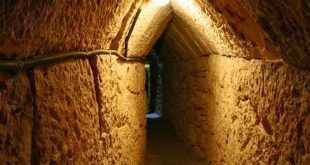Throughout the 19th century and the beginning of the 20th century until 1922 the people of Samos maintained strong ties with Asia Minor. Following persecutions of the Greek population of Asia Minor, many refuges settled on the island contributing to the formation of its social character during the inter-war era.
In 1941 Samos experienced occupation by Italian troops while on its mountains a strong resistance movement was organized against the conquerors. Samos was the first part of Greece to be liberated temporarily in September 1943 until November, when it was bombed by the German Air-force and was recaptured by the Germans until it was finally liberated in October 1944. From 1946 until 1949 however, Samos experienced the evils of civil war.
After the civil war Samos started reconstructing and developing. During the 1950s many people from Samos immigrated to Australia and America. From 1960 onwards the tourist development of the island started continuing with great leaps to the present day. In 1987 the Mathematical Department of the University of the Aegean was founded in Karlovassi.
Monuments of the ancient civilization can be seen in the Archaeological museums and all over the area on the road from Pythagorion to Ireon as well as on other parts of the island. Moreover Samos has a Byzantine – Ecclesiastic museum which is run by the Holy Bishopric, two Historical Archives (one state owned the other belonging to the Bishopric), the Central Public Library, the Paleontological Museum, (The Zimalis foundation in Mytilinioi) and the Folkloric Museum of the Cultural Foundation “N. Dimitriou”.
In our day Samos has a sound tourist infrastructure and offers a multitude of services to its foreign guests. Apart from its ample natural beauty, its picturesque beaches and the dense vegetation of its mountains (which can be of great interest to those that are interested in aromatic pharmaceutical herbs), the visitor can tour and admire the archaeological sites, the ancient temple of Hera in Ireon, the Efpalinion tunnel, the Archaeological and Byzantine museums in Samos, the library and Historical Archive and the Paleontological museum with its impressive exhibits in Mytilinioi.
Moreover one can visit the monasteries such as Megali Panagia, Panagia Vrodiani, Agia Zoni and Zoodohos Pigi and see the impressive frescoes. The industrial buildings such as the Tanneries in Karlovassi, the tobacco factories in Samos town, the wine depots in Agios Konstantinos, among other places are reminiscent of the culture and the everyday life in Samos in the past.
We should keep in mind that the ancient “Anthemis” with its 1100 known flora species (among which many aromatic and pharmaceutical herbs) with a history of millennia, has apart from the huge maple trees, a large number (around 50) of wild orchids.
Furthermore every village with its church, its school and the traditional houses situated around the square, with the gardens, the vineyards and the small olive fields, as well as the small chapels that are scattered around the most picturesque locations, constitute a charming picture and a pole of attraction for every visitor of Samos.
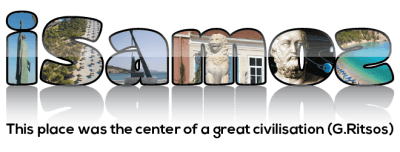 iSamos.gr Η ενημερωτική σελίδα της Σάμου! Εξερευνήστε τη Σάμο, τις παραλίες της, τη φύση της, τις ομορφιές της. Διαβάστε την ιστορία της Σάμου
iSamos.gr Η ενημερωτική σελίδα της Σάμου! Εξερευνήστε τη Σάμο, τις παραλίες της, τη φύση της, τις ομορφιές της. Διαβάστε την ιστορία της Σάμου

